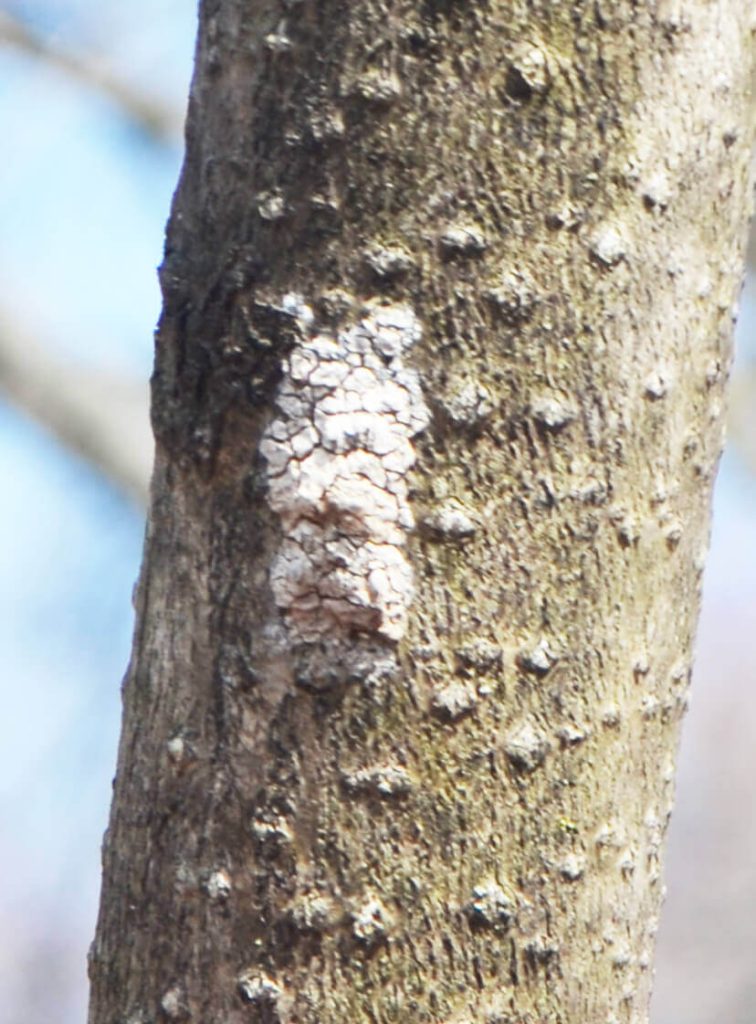STONE HARBOR – The New Jersey Department of Agriculture (DOA) last month placed the entire state under quarantine due to an invasion of the spotted lanternfly.
Stone Harbor Public Works Director Manny Parada gave a presentation on the spotted lanternfly and the quarantine to Stone Harbor Council at its Nov. 14 meeting.
The quarantine essentially means residents should inspect their vehicles, trailers, or any outdoor items before moving around or out of a quarantine zone. The DOA also provides recommendations for stopping the spread of the lanternfly, including do not park under tree lines and keep windows rolled up when parking your vehicle, and familiarizing yourself with the life stages of the insect and when in the season to look for them.
The lanternfly, which the Rutgers Agricultural Extension terms an “Asian plant hopper,” is considered dangerous to the state’s agricultural crops and even its hardwood trees.
The spotted lanternfly made its first appearance in the United States in 2014 in Pennsylvania. By 2018 it had spread to western counties in New Jersey that border the Keystone State. Recently the spread of the insect, which Parada called a “notorious hitchhiker,” had caused the state to quarantine 13 counties. Now the quarantine is expanding to encompass all 21 counties in New Jersey.
The first real impact could be seen in the spring since juvenile lanternflies hatch around May as very small black insects with white spots. As they mature the color changes to a red and black body with white spots. They also develop wings.
The spotted lanternfly does not pose a direct threat to humans or animals, but according to the DOA, it can have a devastating impact on agricultural crops, grapevines, and fruit trees. It also is harmful to hardwood trees. As it feeds it exudes a sugary substance that then supports the growth of fungi. A sufficient infestation can damage or kill trees when fungi interfere with photosynthesis.
For businesses, the quarantine can mean the need for a permit to move equipment and goods. Workers need the training to spot hitchhikers so as not to transfer the lanternflies to new locations while delivering goods. The general public is also requested to check vehicles before inadvertently transporting the insect. Killing the eggs or immature insects is not difficult but spotting them can be. Once they are easy to spot the infestation has become serious.
Parada said he had experienced the impact of an infestation of the spotted lanternfly while working in Delaware. Asked by Mayor Judith Davies-Dunhour how Delaware had dealt with it, Parada said, “They didn’t.”
He recounted stories of the spotted lanternfly as a nuisance on Delaware beaches.
“They lived with it, the way we live with greenheads,” he said.
Parada said the borough would be developing a checklist for residents which it will post on its website. Meanwhile, the state has prepared such a checklist and made it available on the DOA website. The checklist is designed to engage the public in the struggle with the spotted lanternfly. It provides pictures to help identify the insect and steps to take to prevent the inadvertent transfer of egg masses, adults, or nymphs.
The spotted lanternfly life cycle is brief, with egg laying from September to December, hatching from May to June, and mature adults from July to December when the first frost usually kills them off. The next generation overwinters as egg masses, if identified, can be killed.
The newly published quarantine rule will remain in effect until 2025 when it will sunset if infestations of the spotted lanternfly decline.
The DOA has one request on its website. If you see a spotted lanternfly, help them, “Stomp It Out.”
Thoughts? Tips? Email vconti@cmcherald.com.








